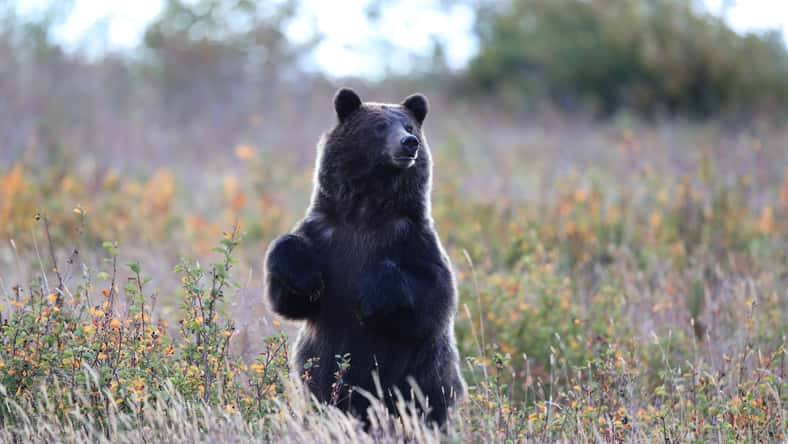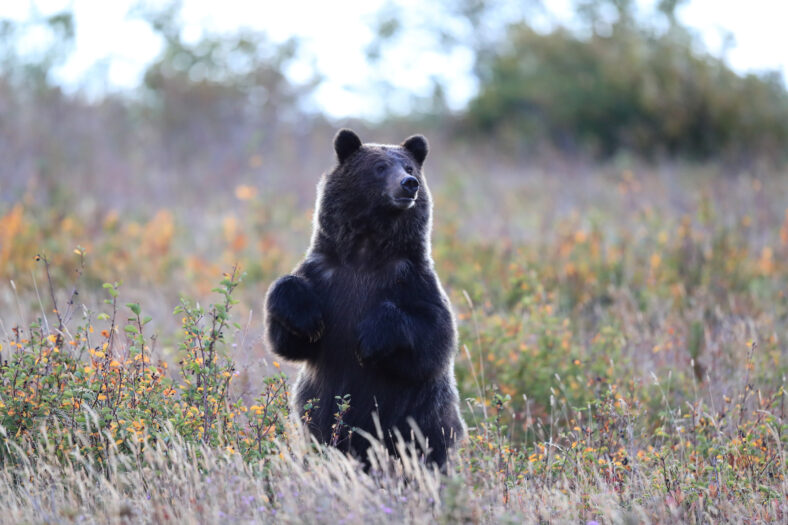How The Night Two Girls Were Killed By Grizzlies One Summer Changed National Park History

In the summer of 1967, two grizzly bears several miles apart from each other at Glacier National Park in Montana mauled a young woman on the same day.
Before then, such incidents had never occurred in the park’s entire 57-year history. The attacks happened in the early hours of August 13.
The two 19-year-olds, Julie Helgeson from Minnesota, and Michele Koons from California, had both been asleep when grizzly bears found them and dragged them away.
They were the first fatal bear maulings to take place at Glacier National Park. The deadly attacks changed the National Park Service forever.
In the past, the park service did not close trails where bears were often spotted. Littering was common, and the garbage at campsites attracted animals. During the summer of 1967, forest fires drove bears into more populated areas.
For a long time, the park service had known that feeding bears was unsafe. Yet, official park policies were not changed until after the tragic events, which came to be known as “Night of the Grizzlies.” The park quickly implemented precautions that are still in place today.
On August 12, 1967, Helgeson and Koons both embarked on separate overnight backpacking trips. Helgeson was spending the summer working in the East Glacier Lodge at the park, while Koons was in West Glacier’s Lake MacDonald Lodge.
Helgeson and a friend, Roy Ducat, arrived at their destination of the Granite Park Chalet at about 7 p.m. When night fell, they snuggled into their sleeping bags outside near the chalet, which was full of guests. Shortly after midnight, a grizzly bear wandered toward the campers.
Later, Ducat told investigators that Helgeson had seen the bear and woke him up, telling him to play dead. Within minutes, the bear had knocked them both out of their sleeping bags and bit them. It dragged Helgeson away. Ducat’s arm was severely injured. He ran to alert other campers.

Sign up for Chip Chick’s newsletter and get stories like this delivered to your inbox.
A helicopter soon arrived with medical supplies, but the search for Helgeson was held up due to a ranger who feared that more visitors would be put at risk. Almost two hours later, a rescue party went after Helgeson.
They tracked a blood trail downhill from the campsite and found her facedown. She was carried back to the chalet but died just minutes before a helicopter arrived to transport her to a hospital.
As for Koons, she and her fellow park employees encountered a grizzly bear at their campsite at Trout Lake. They were cooking hot dogs and fresh fish when the bear clambered over to them and stole their dinner at around 8 p.m. Afterward, the group moved to the beach, where they settled in for the night.
At about 4:30 a.m., the grizzly reappeared and started sniffing the campers. They jumped into the trees, but the bear got to Koons before she could reach safety. Later, her mutilated body was airlifted from the park.
In the aftermath of the attacks, the park established strict policies. Visitors who fed bears were given tickets, and campers with messy campsites were kicked out of the park.
Trails that bears frequented were closed until the bears moved on, and warnings about bear safety were posted throughout the park.
Ultimately, the events of August 13 led to increased safety and humans treating wildlife with more respect.
More About:Animals





